TA505 Targets HR Departments with Poisoned CVs
A newly discovered attack campaign by the notoriously prolific TA505 cybercrime organization now is targeting businesses in Germany via their human resources executives.
Researchers at Prevailion, a security monitoring firm, today detailed the cybercrime group’s latest campaign, a business email compromise–style phishing email with Trojanized curriculum vitae files. Once the rigged file is open, the attackers deploy commercial tools to mask their movements, including the NetSupport Manager remote control administration software for intel-gathering and data theft, Google Drive for hosting their hacking tools, and the GPG encryption tool as a ransomware weapon. According to Prevailion, the attack campaign has been operating since at least April 2018.
The attackers use malicious PowerShell scripts that steal login credentials from browsers and Outlook and grab payment card data. In one wave of attacks, the TA505 used GPG to encrypt the victim’s files and hold them for ransom. In a second wave of attacks, the group raised the bar a bit, using NetSupport to steal files, screen captures, and voice recordings — hiding the remote access Trojan in plain sight on a Google Drive account operated by the attacker.
TA505 also has been known for its use of Necurs, a sort of botnet of botnets, of which four were responsible for 95% of all malware infections, according to BitSight, which assisted Microsoft in its March 5, 2020, operation to derail the botnet by sinkholing Necurs’ US-based domains. While that disruption operation was significant, Necurs had been relatively quiet starting around March 2019, but still leaving some 2 million infected machines ready and able to be called for duty once again.
But TA505’s recent attack campaign does not rely on any Necurs infrastructure components. “Based on what we’ve seen on Necurs … there is no overlapping C2 [command and control]. So you could completely take down Necurs, and this would be entirely” independent of it, says Danny Adamitis, director of intelligence analysis for Prevailion.
Adamitis says this set of attacks likely occurred in February or March, and the Google Drive links were still active as of last week. “It was super-targeted and directed this email to the HR director at this particular organization,” he says. “They were looking for Chrome, Firefox, Edge, and Outlook credentials” and credit card information stored in the Chrome browser in one attack, he says. “That also serves as an attack vector where they could use or sell [that data].”
Prevailion did not reveal the victim organizations targeted, but the researchers initially flagged the campaign after an online forum post by someone at an organization reporting a ransomware attack that appeared to be tied to TA505.
Like any security firm’s research team, Prevailion’s has a specific view into the attack via its own tools’ vantage point. Prevailion’s platform tracks network-based traffic, and also provides a view into binaries and C2, notes Adamitis. “We don’t have an endpoint tool or capability, so we don’t have the same level of insight to see how [a] file is downloaded,” for example, he explains. But he and his team can see things like “a hardcoded IP address hosting the CV’s .rar file, with a script stealing credentials and hosting that executable,” he says.
This isn’t TA505’s first rodeo abusing legitimate tools: In 2018, it targeted US-based retailers and organizations in the food and beverage industry using a spearphishing email in an infected Word document. When the victim opened it, the file urged them to download a copy of Remote Manipulator System (RMS) from Russian software vendor TektonIT.
G Drive
The attackers also have been hosting their tools on a Google Drive account to grab NetSupport to steal files, take screenshots, and remotely turn on the infected machine’s microphone to listen in.
The clue that connected the attacks to TA505: a digital signature associated with the loader used by the attackers in the German campaign. They were able to correlate one of the samples with that in a previous report by South Korea’s CERT, as well as previous research by Palo Alto Networks on the NetSupport tool.
“We’ve seen them take a more sophisticated approach [now], with a brand-new loader not seen anywhere else” and hosting their tools on Google Drive, Adamitis says. “If a network defender sees … Google Drive [activity], it’s more likely to get by” them and not be flagged as suspicious, he says.
Researchers at FireEye and Zscaler also have previously reported cases of the malicious use of NetSupport Manager.
The attackers were still active last week, Adamitis says, and still serving up the NetSupport tool.
Like most advanced cybercrime gangs, TA505’s M.O. has similarities to those of nation-state groups. “They’re not categorized as an APT [advanced persistent threat] but … there seems to be unique cross-pollination in some of the TTPs [tactics, techniques, and procedures],” says Karim Hijazi, founder and CEO of Prevailion.
The best bet for thwarting this latest campaign or similar attacks is deploying an email security solution, keeping anti-malware updated, requiring strong passwords, and segmenting the network so the attackers can’t easily move laterally, the researchers recommend.
Related Content:
- TA505 Group Launches New Targeted Attacks
- TA505 Abusing Legit Remote Admin Tool in String of Attacks
- New Threat Group Using Old Technique to Run Custom Malware
- How Enterprises Are Developing and Maintaining Secure Applications
Check out The Edge, Dark Reading’s new section for features, threat data, and in-depth perspectives. Today’s top story: “Security Lessons We’ve Learned (So Far) from COVID-19.”
Kelly Jackson Higgins is the Executive Editor of Dark Reading. She is an award-winning veteran technology and business journalist with more than two decades of experience in reporting and editing for various publications, including Network Computing, Secure Enterprise … View Full Bio
 Check out
Check out 
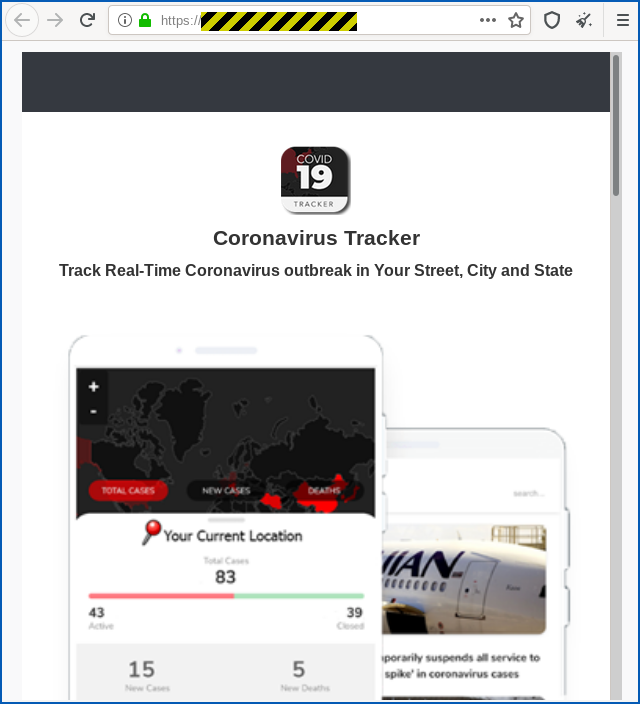
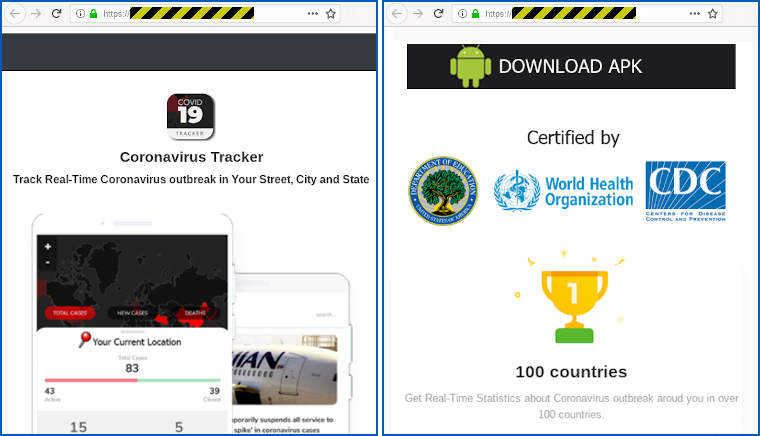
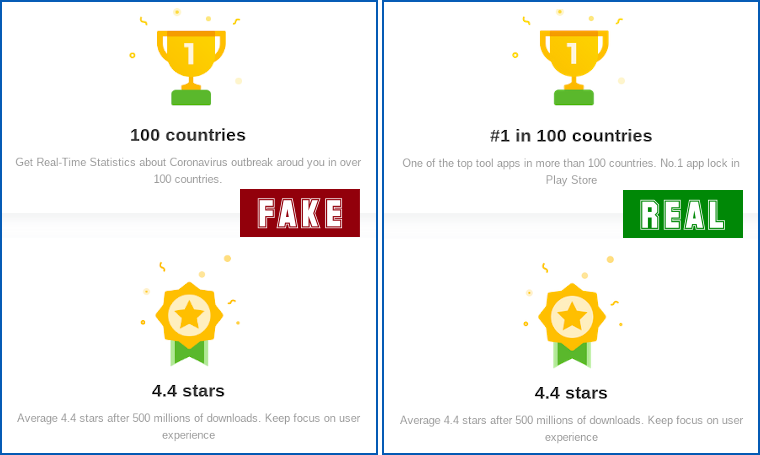
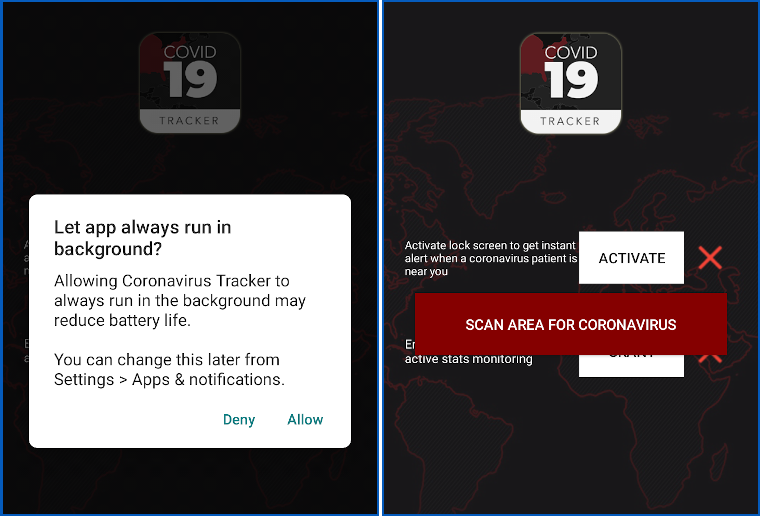
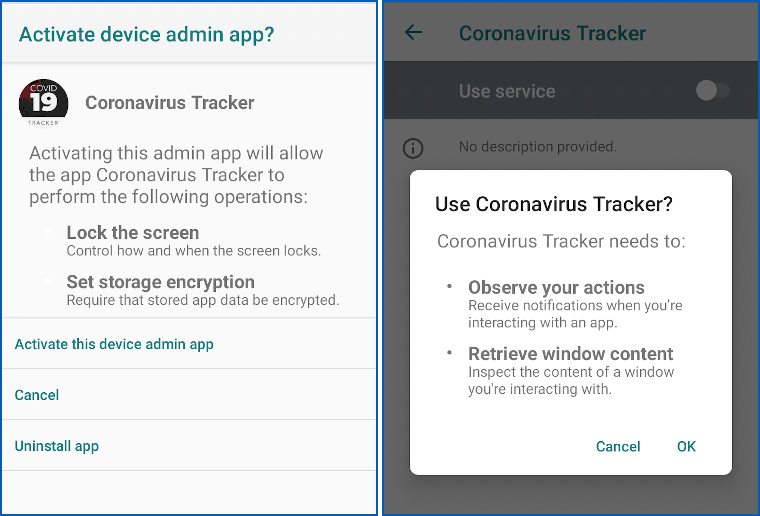
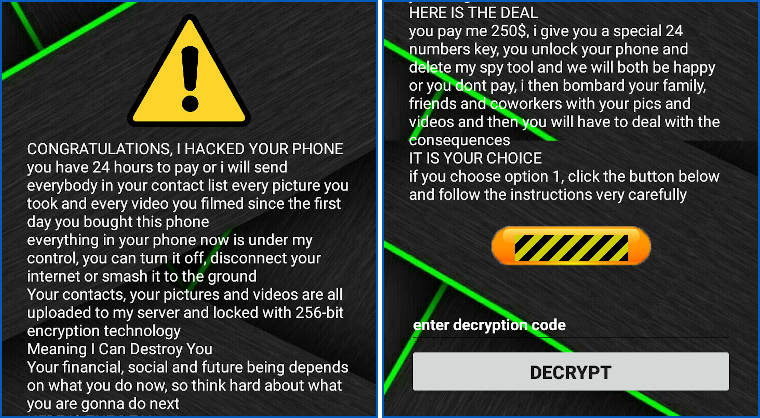
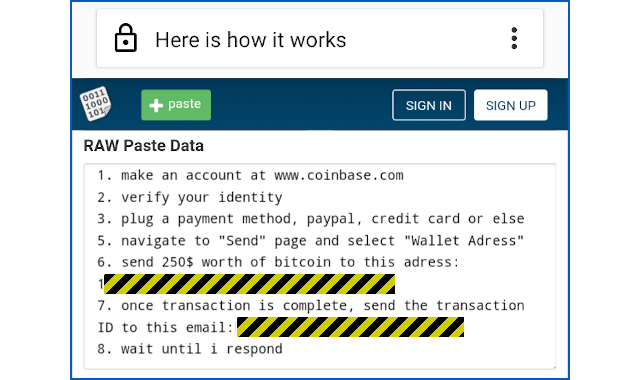

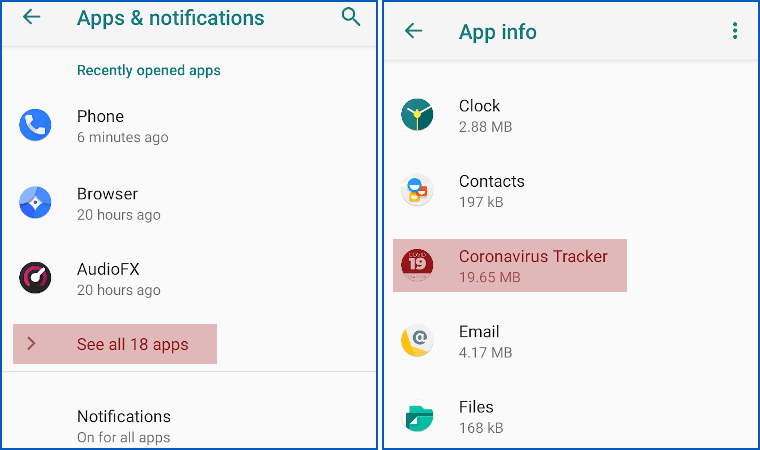
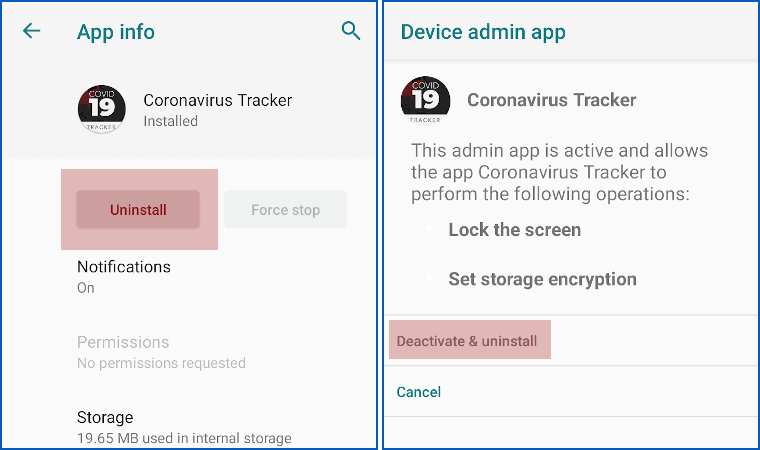

 Check out
Check out  Check out
Check out